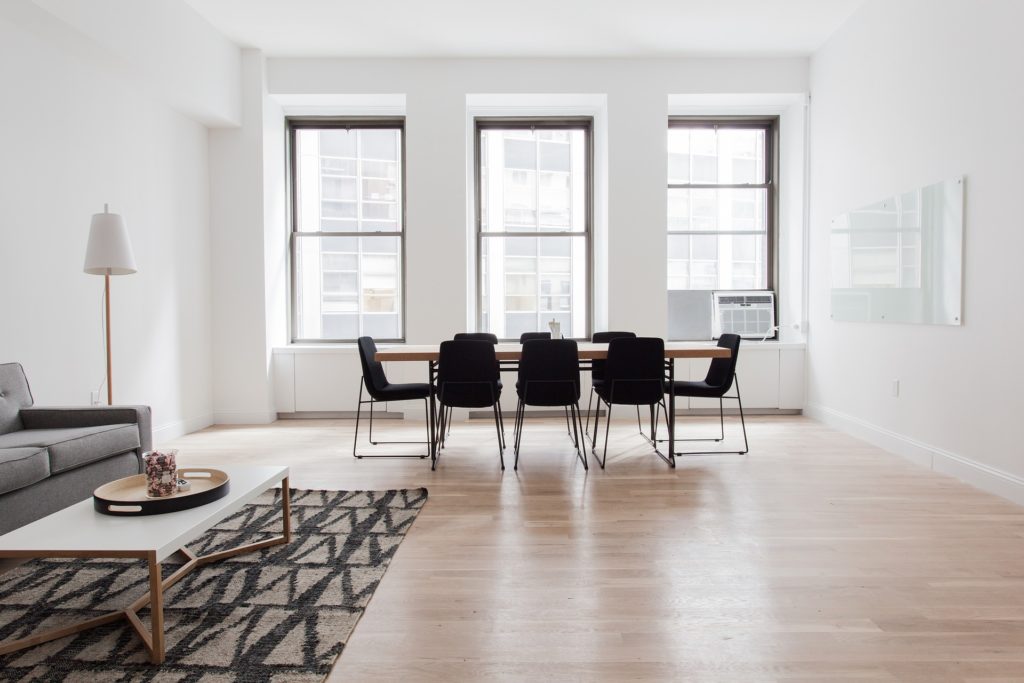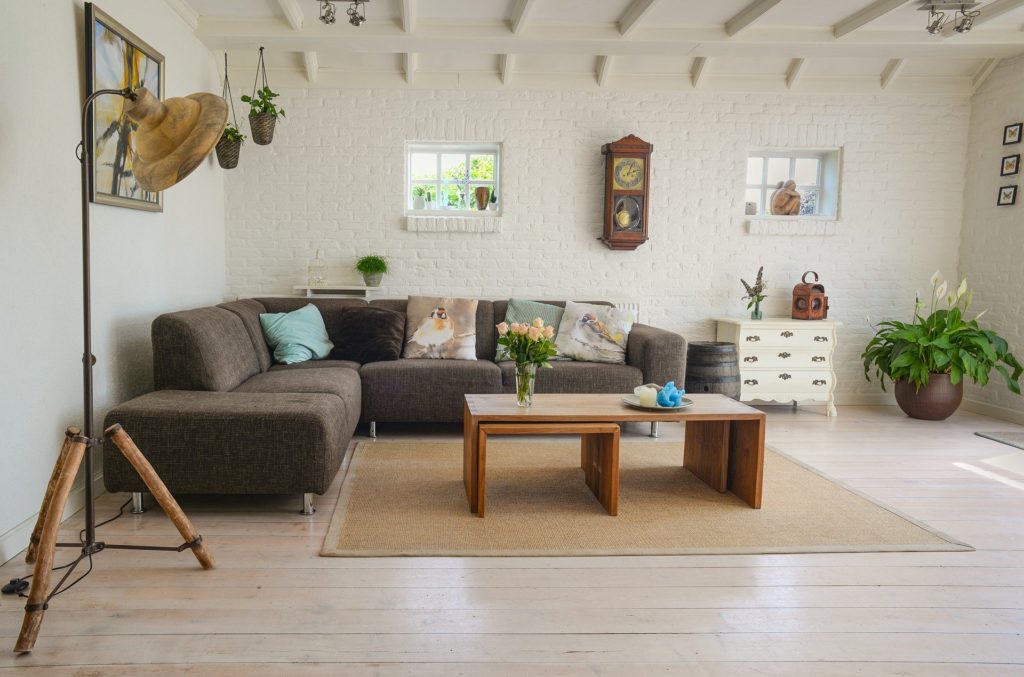
Question Nº 1: Can I install underfloor heating myself?
Installation of the underfloor heating system can be completed in 8 steps:
Step 1: Start by connecting the floor heating pipe to the manifold.
Step 2: Lay the insulation layer.
Step 3: Lay the pipe. Using pipe staples secure the pipe to the insulation. When fixing the pipe, remember to spread it out appropriately, so that there is enough spacing to guarantee the best possible heat distribution. The recommended distance between the pipes is generally between 150 mm to 200 mm.
Step 4: For even floor temperature, you will have to loop the pipe across the whole floor area. If the space is too large, you will have to get multiple loops.
Step 5: You can choose to prepare the screed that is meant to go over the pipework or get the ready-mixed version. If you are really committed to DIYing this, it would be wiser to get the ready-mixed version.
Step 6: once the screed is ready, carefully pour it over the secured pipework.
Step 7: Using a chemical spray, stabilize the screed.
Step 8: Finish by tamping the screed for a smooth finish.
As you can see, the installation of underfloor heating does not involve a lot of steps. However, it is a very technical process that is better handled by an expert.
Question Nº 2: What are the cons of getting an underfloor heating system?
Con 1: The installation can cost you a lot if you decide to get an expert to do it.
Con 2: Underfloor heating systems only work with certain types of flooring. While you can tile over an underfloor heating system, carpets might not work so well. The heat will typically struggle to transfer through it.
Con 3: Underfloor heating systems do not heat the room immediately. In fact, it often takes up to two hours to heat a room.
Con 4: There is a possibility that the furniture you own is too heavy for this system and may require you to get rid of them and replace them with new, more appropriate one. Which means an additional cost for you.
Con 5: Considering where they are installed, maintenance will be very difficult if something goes wrong.
Question Nº 3: What are the pros of getting underfloor heating systems?

Pro 1: They are efficient. And by that, we mean that it distributes heat evenly. Unlike radiators that tend to heat one spot, are not appropriate for non-standard room shapes and that causes the heat to rise to the top of the room, the underfloor system heats the room evenly and keeps the bottom part of the room, the part we all are, warm.
Pro 2: They are very discrete and don’t take up wall space.
Pro 3: Underfloor heating systems can be laid in both new and old homes.
Pro 4: Your feet are always warm! There’s really nothing better than that on a cold winter morning!
Pro 5: Unlike traditional central heating systems that are breeding ground for allergens, underfloor heating systems protect your family by not circulating dust and allergens.
Pro 6: If you decide to turn this into a DIY project, you won’t have to spend a lot on its installation.
Pro 7: Underfloor heating systems do not make a lot of noise.
Question Nº 4: Can I install an underfloor heating system in my old house?
In the past, the installation of the underfloor heating systems was done during the construction process. But with the introduction of a range of retrofit solutions, things have changed. It is now possible to install them in old homes and even in only a few rooms.
Question Nº 5: Is underfloor heating cheap to run?
While the installation cost, if done by an expert, can be expensive, you ultimately stand to gain in the long run. The reason that the ongoing running expenses can eventually represent great value for money is that it costs less than 10p to run 1m2 of standard underfloor heating at full power for six hours.
Question Nº 6: But what if I have to keep it running for more than six hours?
The figures above do not mean that leaving underfloor heating on for more than six hours will cost more than 10p. In regions that experience harsh winters, it is advisable to keep the underfloor heating system on at all times. While the temperature you set it at will vary from one region to another, it is still a great way to reduce your electricity bills.
Question Nº 7: You mentioned above that I’ll have to be careful with the placement of furniture. Does that mean that furniture cannot be placed on top of underfloor heating?
Not necessarily. Most furniture, if they are not extremely heavy, can be placed over areas with underfloor heating. However, if you want to be more efficient, pre-plan the design of your rooms and determine where the large furniture will go. If these furniture items won’t be moved, consider including it in your design. That specific area can be avoided altogether.



















